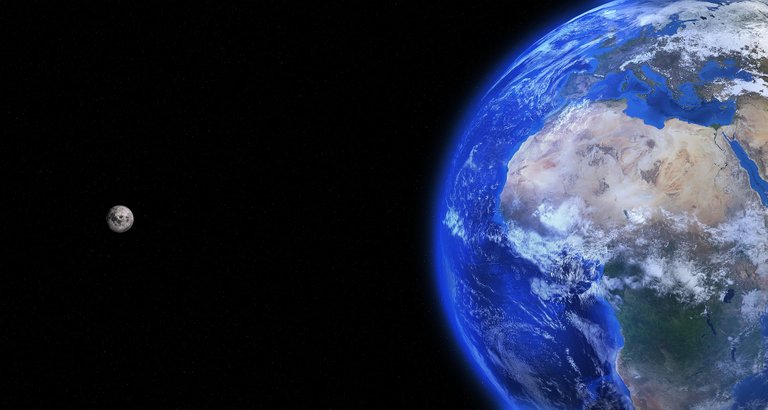The Secrets Of The Ice On The Moon
The gases from the lunar lander could affect the samples even if it lands hundreds of kilometers away from it. But, there are a lot of uncertainties.

Image by Arek Socha from Pixabay
- Be also sure to check out my other posts and follow me @kralizec and subscribe to my Youtube channel at Kralizec Gaming Youtube Channel
NASA is going back to the Moon. Humans should return there in 2024 and even before that we should see probes doing their experiments there. But, the Moon doesn’t have much of an atmosphere so we have to use engines to land. That might pose some problems, especially when we use a static probe and we want to explore the surface around the probe.
Now, scientists from the John Hopkins Applied Physics Laboratory (APL) brought up another possible issue.
One of the big goals for scientists, when we return to the Moon, will be the ice which can be found in the polar regions. While mining the ice from the regolith to use as water for the future lunar base will not be easy the ice also has scientific value. It is billions of years old and thus has valuable information about the creation and evolution of the Solar system and the origin of water on Earth.
In their study, the scientists warn that the landing of even a mid-size lander with a mass of 1.200 kg (one-quarter of the mass of the lunar module from the Apollo program) can damage the ice samples. And we are not talking about landing right next to the ice.
Simulations
According to the simulations it takes only a few hours for the gases from the landing to spread across the whole of the Moon. About 30 – 40 % of the gases would remain the “atmosphere” and surface of the Moon for two months and about 20 % of them would eventually freeze near the pole.
And what is important, these are the only place where we can find samples of the original water created in our Solar system. Scientists would love to study the ice to find different isotopes to find out where exactly it was created.
The frozen exhaust gases from the lunar landing modules could affect these measurements even if the landing takes place hundreds of kilometers from where the samples will be taken. The scientists say that the gases will have a big effect up to a hundred kilometers from the landing site.
What we need to remember is that simulations and reality aren’t necessarily the same thing. The model includes many uncertainties. One of them is the fact that it assumes the amount of interaction between water and the gases. Plus, the simulation only concerned itself with water and the exhaust gases from lunar landers will certainly include other molecules such as hydrogen, ammonia, or carbon oxide. But it still should be taken into consideration.
NASA is already preparing probes that will be taken to the Moon by private companies. One of them is called Surface Exosphere Alterations by Landers (SEAL) and it should measure the chemical changes caused to the Moon’s surface because of the landing.
Sources:
- If you like the content I’m producing about science maybe you will like the content I produce about gaming as well! Be sure to check out my other posts!